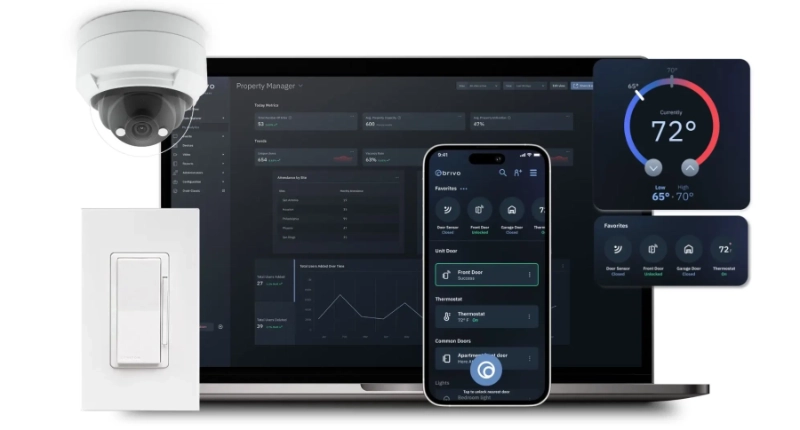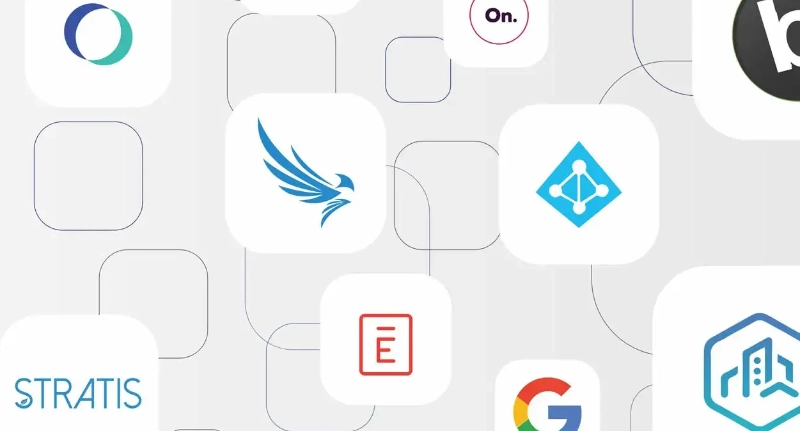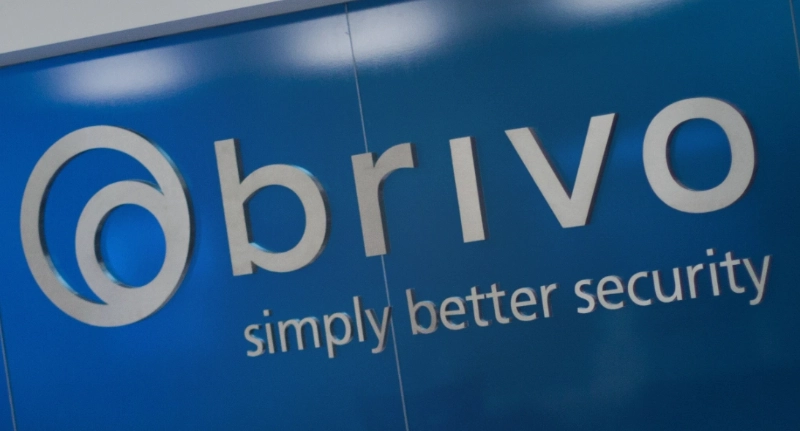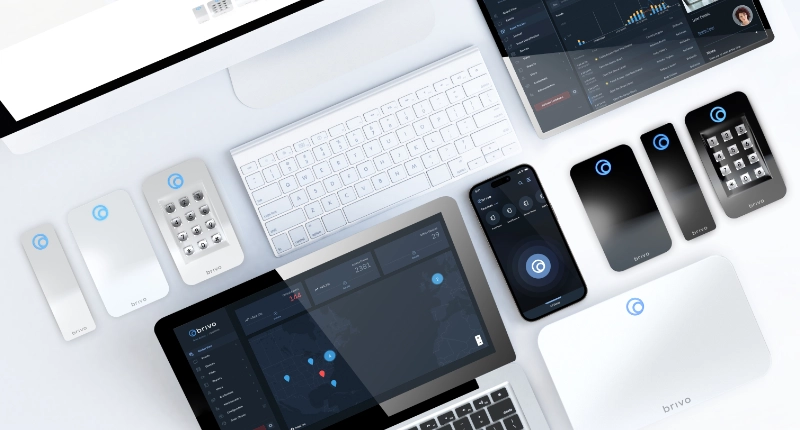A Proactive Approach to Fortify Your Physical Security
We often look to the horizon for the next security threat, but a significant challenge to your business is likely hiding in plain sight: Security Debt. This isn’t about predicting future vulnerabilities, it’s the consequences of past decisions. Across the industry, security leaders are grappling with security debt—a hidden cost stemming from years of opting for quick fixes, patching together systems, and deferring crucial maintenance. Now, the inherent risks within this neglected physical security infrastructure are becoming critically apparent.
Brivo Founder and CEO, Steve Van Till, recently explored this topic in depth during a webinar with Security Today: “Overcoming Security Debt, Why Unified Cloud-Native Access Control is a Foundation for Modern Security.”
Here we recap the key insights from the webinar, examining why unified cloud-native access control is not merely an option, but a foundational element for modern security.
Understanding Security Debt
You’re likely familiar with “technical debt”; security debt is its close cousin. This concept describes the accumulation of risks, vulnerabilities, and inefficiencies within a security system that arise from unaddressed needs.
It represents a growing backlog of essential fixes, improvements, and modifications that are often delayed or simply neglected. This buildup ultimately creates significant operational hurdles for system managers and notably increases an organization’s overall risk
Common Causes of Security Debt and the Impact on Physical Security
Several factors commonly contribute to the accumulation of security debt:
Underbudgeting
Often, the root cause of security debt stems from insufficient budgeting. Security departments frequently compete with revenue-generating areas for funds, making it difficult to keep systems updated, particularly as an organization expands its workforce or physical footprint.
Rushed Development and Implementation
Outdated Technology
Dated security systems—whether inherited or neglected for years—simply don’t perform as effectively as modern solutions, making aging software and hardware clear contributors to security debt.
Quick Fixes
Another common result is increased labor expense because staff time gets diverted from innovative projects to simply maintaining aging infrastructure—a significant and unproductive cost. There’s also a noticeable lack of system integrity. Patchwork solutions, older equipment, and mixed generations of technology can cause communication and synchronization problems, resulting in inconsistent information across your entire security system.
Most critically, security breaches can become more likely as unresolved issues create substantial opportunities for attackers.
There are three main contributors to security debt: hardware, software, integrations.
Want to dive deeper into the three main culprits? Watch the full recording.
Strategies for Modernizing Physical Security
Fortunately, there are clear strategies to both reduce what you’ve accumulated and prevent new debt from forming.
One effective approach involves leveraging adaptable systems. To build resilience against hardware-related debt, prioritize system software that supports multiple hardware brands. This approach, often referred to as “multi-vendor support,” expands choices for replacement and expansion, thereby mitigating limitations imposed by proprietary systems and hardware obsolescence.
Next, adopt cloud-native physical security solutions. A major advantage of cloud services is that the provider handles continuous updates to resolve bugs, address compatibility issues, and enhance security protocols. This helps protect against future software debt. As a consumer, this means the burden of managing aging server hardware, operating systems, and software compatibility completely shifts to the provider. Many larger organizations are already integrating cloud migration into their long-term technology refresh plans, recognizing it as the future of security infrastructure.
Finally, consider unified security platforms. These platforms directly tackle the security debt that stems from broken integrations. They ensure that all components, including both native and third-party integrations, work together. By bringing multiple security disciplines—like access control, video surveillance, intrusion detection, and visitor management—under one umbrella, unified systems transfer the responsibility for synchronization and updates from your team to the vendor, significantly minimizing friction points.
Practical Steps to Overcome Physical Security Debt
So, how do you actually get ahead of security debt and put these strategies into action? It all starts with smart planning and teamwork.
For large organizations with many different legacy systems, a great first step is to focus on identity or credential migration. This means ensuring your existing access cards or mobile credentials continue to work everywhere, even as you gradually update different parts of your system.
Next, broaden your team’s involvement. Historically, access control concerns were limited to security and facilities personnel But now, you need new voices at the table—from IT departments overseeing the tech to “experiential stakeholders” like leasing teams in apartments or co-working spaces. Their input is crucial.
Finally, tackle those budget constraints. If a complete overhaul isn’t immediately possible and quick fixes feel like your only option, remember the “big picture.” Those “band-aids” aren’t long-term solutions. You need to clearly show the value of your security system to other departments, helping them understand its contributions so you can get the funding you need for critical investments.
Want to explore solutions for these security debt challenges?













